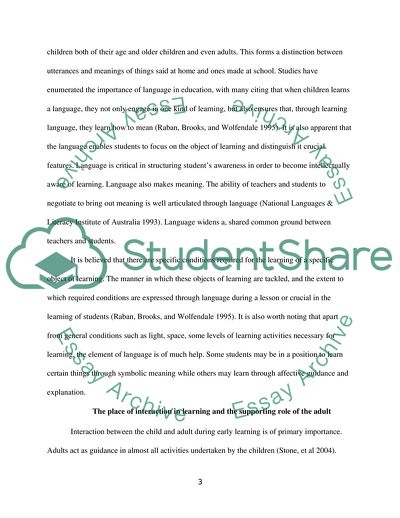Cite this document
(The NSW English k-6 Syllabus Case Study Example | Topics and Well Written Essays - 1750 words, n.d.)
The NSW English k-6 Syllabus Case Study Example | Topics and Well Written Essays - 1750 words. https://studentshare.org/education/1771892-the-nsw-english-k-6-syllabus
The NSW English k-6 Syllabus Case Study Example | Topics and Well Written Essays - 1750 words. https://studentshare.org/education/1771892-the-nsw-english-k-6-syllabus
(The NSW English K-6 Syllabus Case Study Example | Topics and Well Written Essays - 1750 Words)
The NSW English K-6 Syllabus Case Study Example | Topics and Well Written Essays - 1750 Words. https://studentshare.org/education/1771892-the-nsw-english-k-6-syllabus.
The NSW English K-6 Syllabus Case Study Example | Topics and Well Written Essays - 1750 Words. https://studentshare.org/education/1771892-the-nsw-english-k-6-syllabus.
“The NSW English K-6 Syllabus Case Study Example | Topics and Well Written Essays - 1750 Words”. https://studentshare.org/education/1771892-the-nsw-english-k-6-syllabus.


